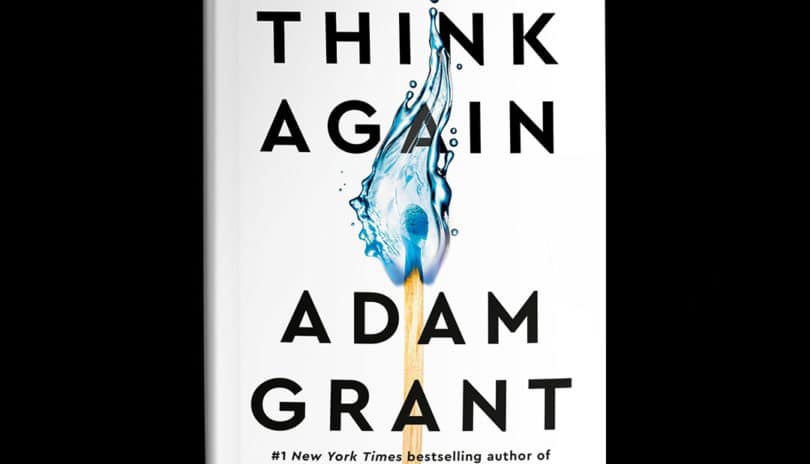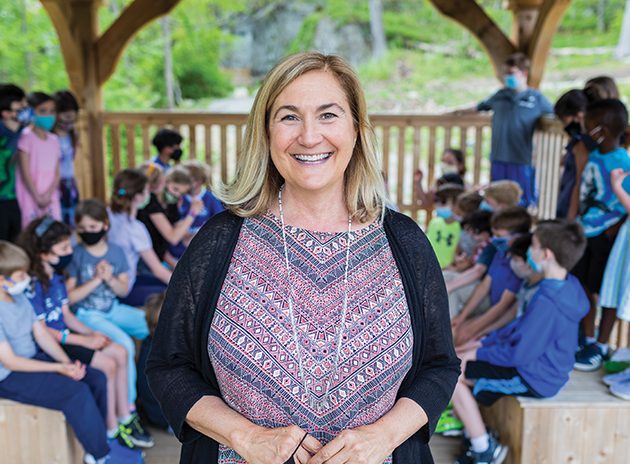As parents and educators, we often hold two different goals side by side that can create some dynamic tension. On one hand, we try to shape our children and guide them towards values, behaviors, and attitudes that we believe and respect; we have conscious or unconscious ideas about who we hope our children will be. At the same time, we work to embrace our children for who they are, allowing them to become the fullest version of themselves. At times, these two goals can become inconsistent, since our children – in being fully themselves – may exhibit values, behaviors, and attitudes that do not align with our own or our hopes for our children. So what to do then? The way parents shape children, and in turn, the way children shape parents, is one of the most nuanced, challenging and beautiful aspects of parenting.
Kevin Wilson’s Nothing to See Here creates a wonderful metaphor that explores this topic since the children in the book are not fitting the mold that has been set for them. In the story, a parent with political ambitions needs to have children that look the part, fit the script, and don’t draw undue attention. However, the children in the book spontaneously combust (without causing themselves any harm) when they are agitated, so there is a gap between the children that are dreamed of and the children that exist. While the wild premise provides much humor, at its heart it is a serious story about appreciating the children we are given and working with who they are. The person in the book who is ultimately most able to connect with the children and influence them is the one who is able to appreciate them fully, including their ability to ignite. She sees the beauty in the fullness of each child and works with who they are by ordering flame-retardant suits and trying to understand their power.








